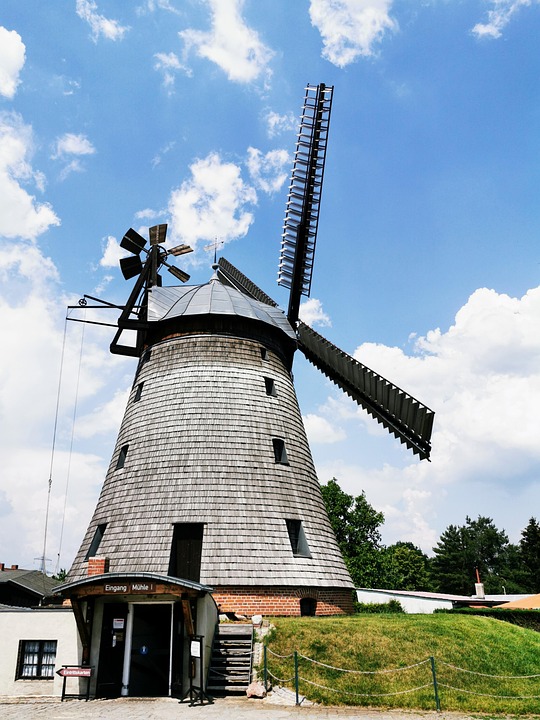Magnetic Separators and Destoners for Grain Quality Assurance
Introduction
In the agriculture industry, ensuring the quality of grain is crucial for both producers and consumers. Magnetic separators and destoners play a vital role in grain quality assurance by removing unwanted materials such as metal contaminants, stones, and other foreign particles. This report will delve into the importance of magnetic separators and destoners, their functions, industry insights, and the financial aspects related to their implementation.
Functions of Magnetic Separators
Magnetic separators are used to remove ferrous metal contaminants from grain to prevent damage to processing equipment and ensure product safety. These separators work by attracting and removing magnetic materials through the use of powerful magnets. They are commonly used in grain processing facilities, flour mills, and food production plants to improve product quality and reduce the risk of contamination.
Functions of Destoners
Destoners, on the other hand, are designed to remove stones, glass, and other heavy impurities from grain before processing. They work by using a combination of air, vibration, and gravity to separate the heavier materials from the grain. Destoners are essential for maintaining the quality of grain products and preventing damage to milling equipment.
Industry Insights
The global market for magnetic separators and destoners is expected to grow significantly in the coming years due to the increasing demand for high-quality grain products. According to a report by Market Research Future, the market for magnetic separators is projected to reach $1.4 billion by 2027, with a CAGR of 5.2% during the forecast period. Similarly, the destoner market is expected to witness substantial growth, driven by the need for efficient grain cleaning solutions.
Benefits of Magnetic Separators and Destoners
Implementing magnetic separators and destoners in grain processing facilities offers several benefits, including improved product quality, reduced equipment damage, and enhanced food safety. By eliminating metal contaminants and heavy impurities, these machines help prevent product recalls and ensure compliance with industry regulations. Additionally, they contribute to increased operational efficiency and lower maintenance costs.
Cost Considerations
The cost of magnetic separators and destoners can vary depending on the size, capacity, and complexity of the equipment. On average, a magnetic separator can range from $2,000 to $20,000, while a destoner may cost between $5,000 and $50,000. However, the long-term benefits of using these machines outweigh the initial investment, as they help improve product quality and reduce the risk of contamination.
Key Players in the Industry
Several companies specialize in the manufacturing and distribution of magnetic separators and destoners for the agriculture industry. Some of the key players in the market include Buhler AG, Goudsmit Magnetics Group, Eclipse Magnetics, and Satake Corporation. These companies offer a wide range of products tailored to the specific needs of grain processing facilities, ensuring efficient and reliable separation of contaminants.
Conclusion
In conclusion, magnetic separators and destoners play a crucial role in ensuring the quality of grain products by removing unwanted materials and contaminants. The industry is witnessing significant growth, driven by the increasing demand for high-quality food products and the need for efficient grain cleaning solutions. By investing in magnetic separators and destoners, grain processing facilities can improve product quality, enhance food safety, and maintain operational efficiency.




